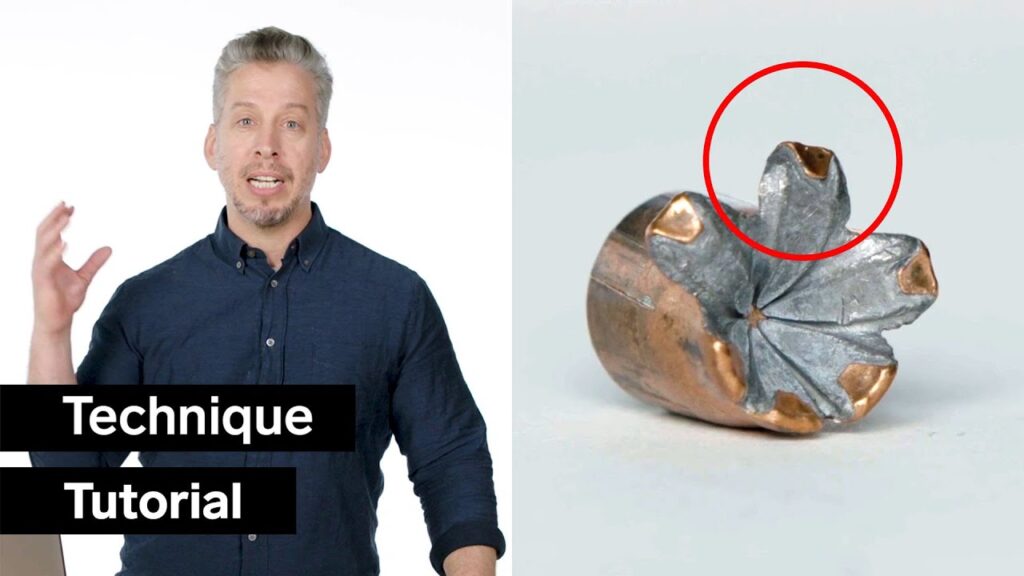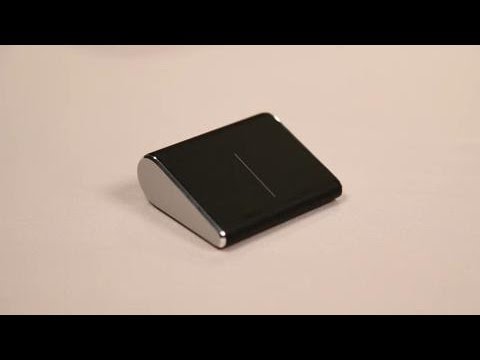The Future of Medicine: Sensors and Digital Health
Summary
In this article, we will explore the use of sensors in medicine, including futuristic sensors that can detect genomic signatures and existing sensors that can be used to perform cardiograms. We will also discuss the importance of incorporating digitized ultrasounds into physical exams and how empowered patients with access to their own medical data can revolutionize medicine.
Table of Contents
- The Use of Sensors in Medicine
- Live Core Technology for Cardiograms
- Medical Devices That Can Be Used with a Phone
- Incorporating Digitized Ultrasounds into Physical Exams
- Empowered Patients and the Future of Medicine
The Use of Sensors in Medicine
Sensors are becoming increasingly important in the field of medicine. Futuristic sensors can detect genomic signatures, which can revolutionize the diagnosis and management of psychiatric and behavioral conditions. Existing sensors can be used to perform cardiograms, which can be a lifesaver in emergency situations.
Live Core Technology for Cardiograms
Live core technology is an example of an existing sensor that can be used to perform a cardiogram. This technology can be used with an iPhone or credit card-sized device by placing fingers on the sensor. In one instance, a passenger on an airplane was diagnosed with a heart attack using this technology. Objective data from the sensor led to an emergency landing and successful treatment of the passenger. After the incident, pilots and flight attendants were interested in using the sensor.
Medical Devices That Can Be Used with a Phone
There are three medical devices that can be used with a phone. The first device is not approved by the FDA but can be purchased by veterinarians and used off-label by doctors. The second device is a glucose sensor that can be worn on the abdomen or arm and connects to a phone to display glucose levels every minute. The speaker believes this device will become a vital sign that will be on phones in the future. The third device is an ultrasound machine that attaches to a phone and can be used to do a quick heart exam. The speaker believes this device should be part of the physical exam and could eliminate the need for unnecessary formal echo labs.
Incorporating Digitized Ultrasounds into Physical Exams
Digitized ultrasounds can be easily shared wirelessly with medical professionals for interpretation. This can improve patient outcomes and reduce the need for unnecessary tests. Incorporating this technology into physical exams can improve the accuracy of diagnoses and reduce healthcare costs.
Empowered Patients and the Future of Medicine
Empowered patients with access to their own medical data can revolutionize medicine. Patients can take control of their health and work with their doctors to make informed decisions. Medical schools need to update their curriculums to include genomics and wireless sensors to prepare future doctors for the changing landscape of medicine.
Conclusion
Sensors and digital health are changing the way medicine is practiced. From futuristic sensors that can detect genomic signatures to existing sensors that can perform cardiograms, these technologies can improve patient outcomes and reduce healthcare costs. Incorporating digitized ultrasounds into physical exams and empowering patients with access to their own medical data can also revolutionize medicine. It is important for medical schools to update their curriculums to prepare future doctors for these changes.







